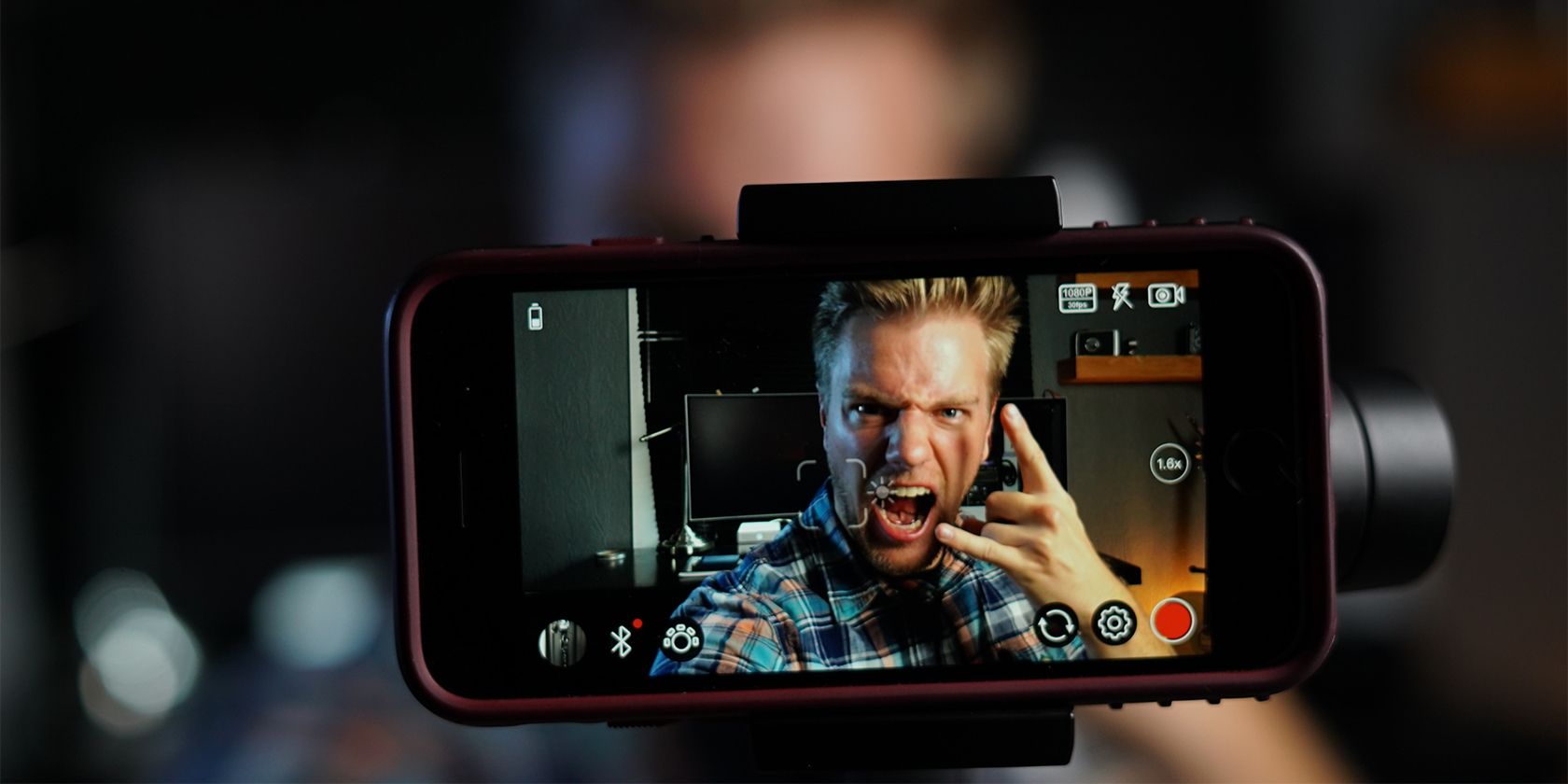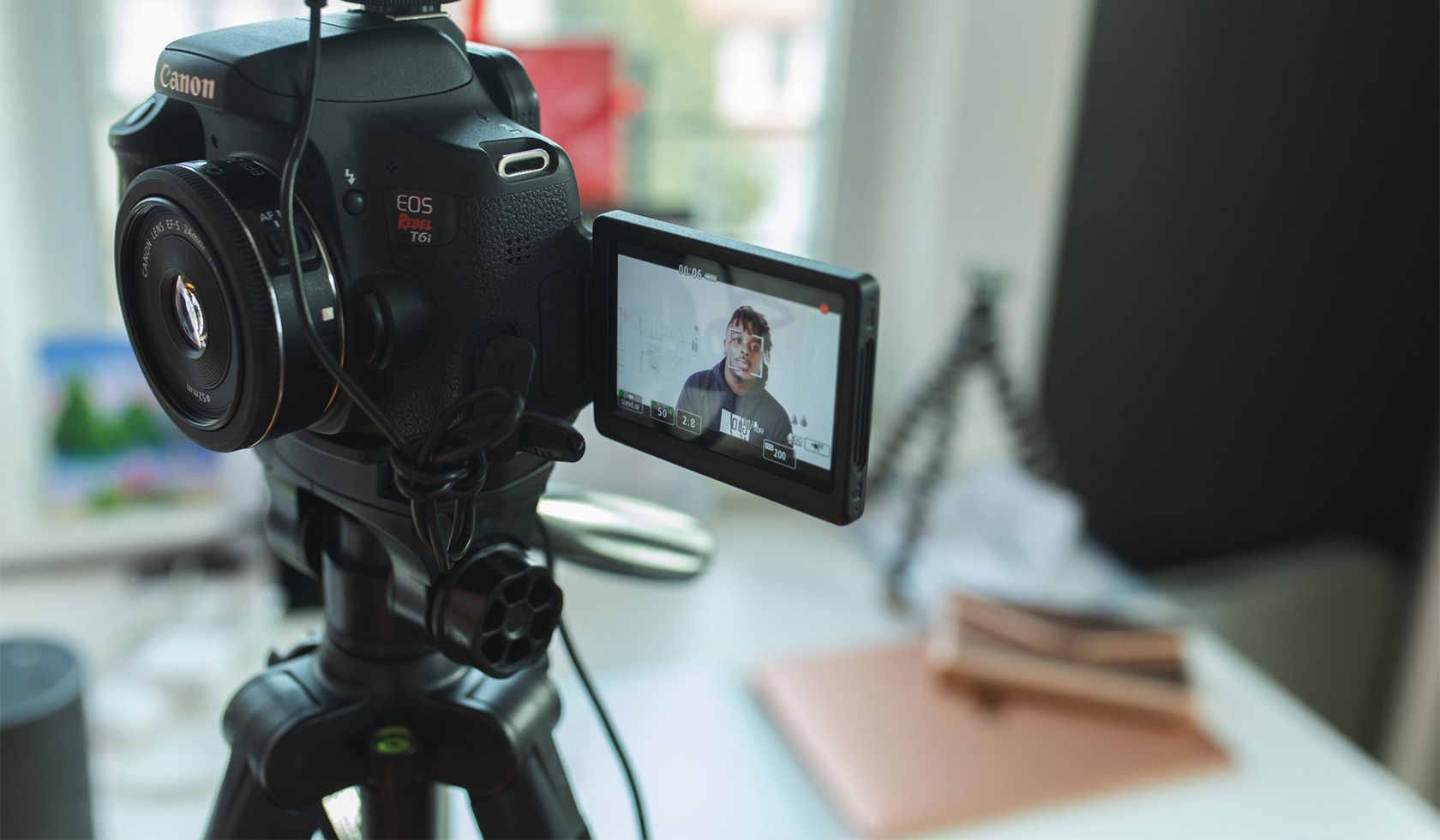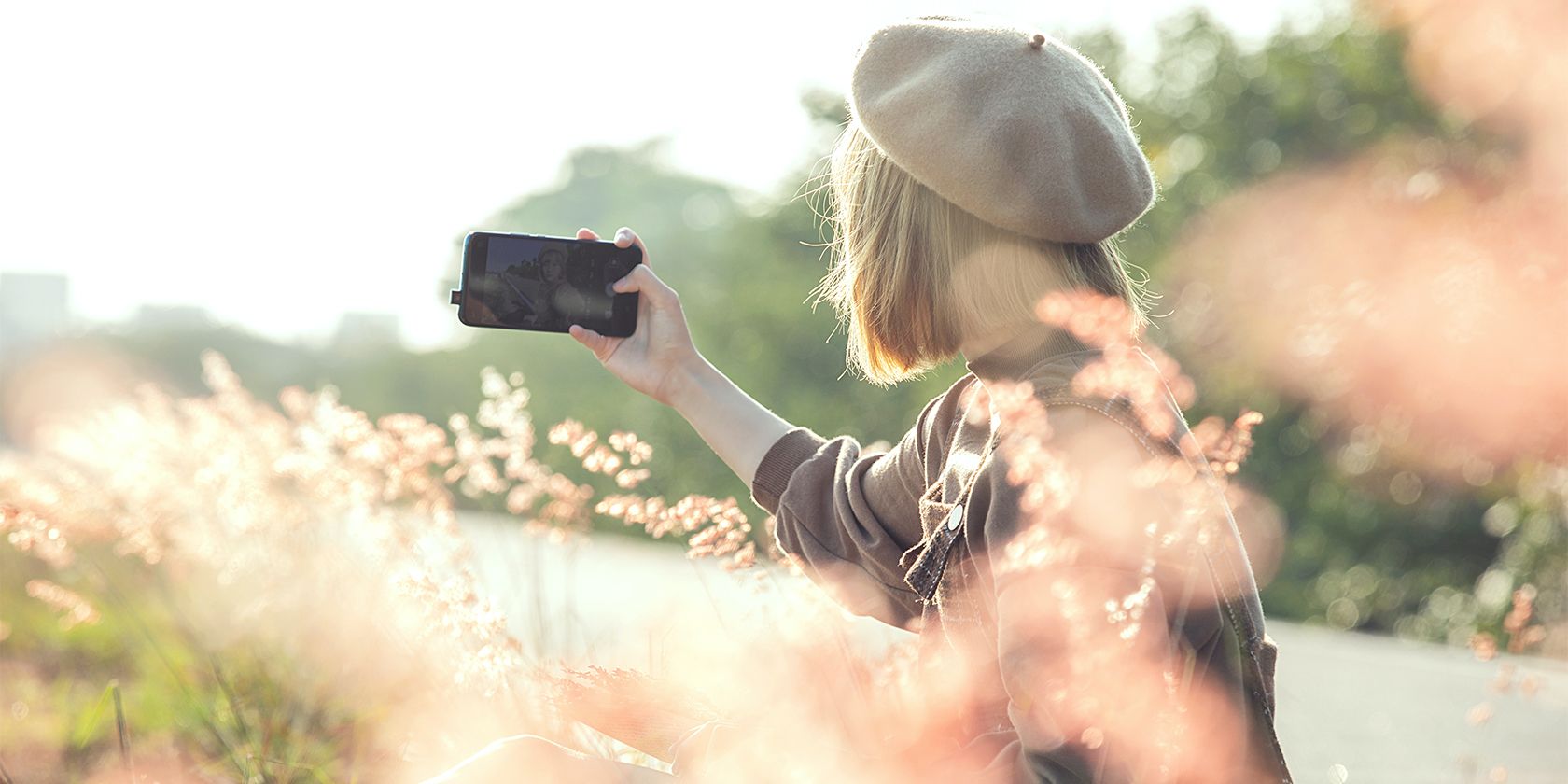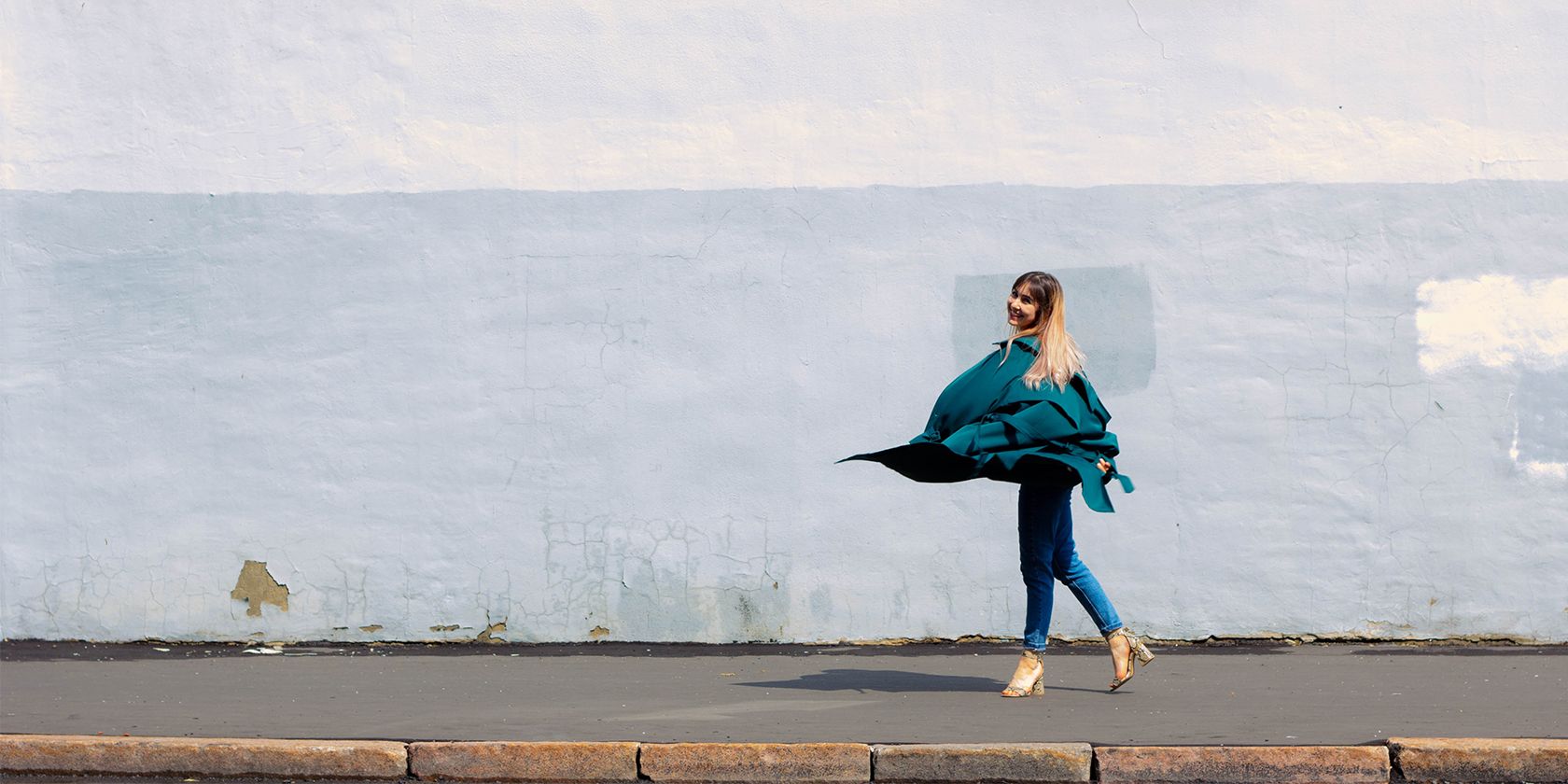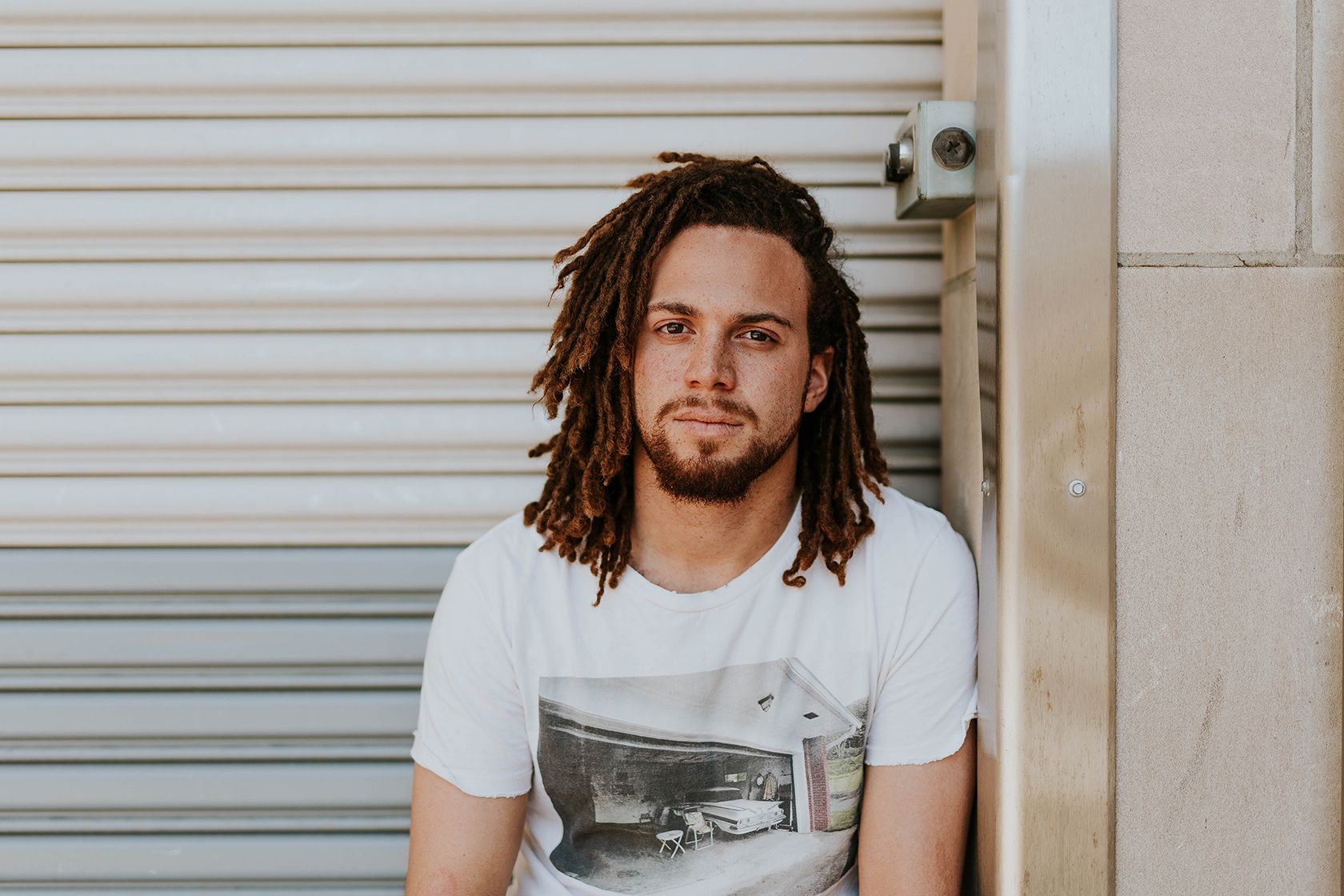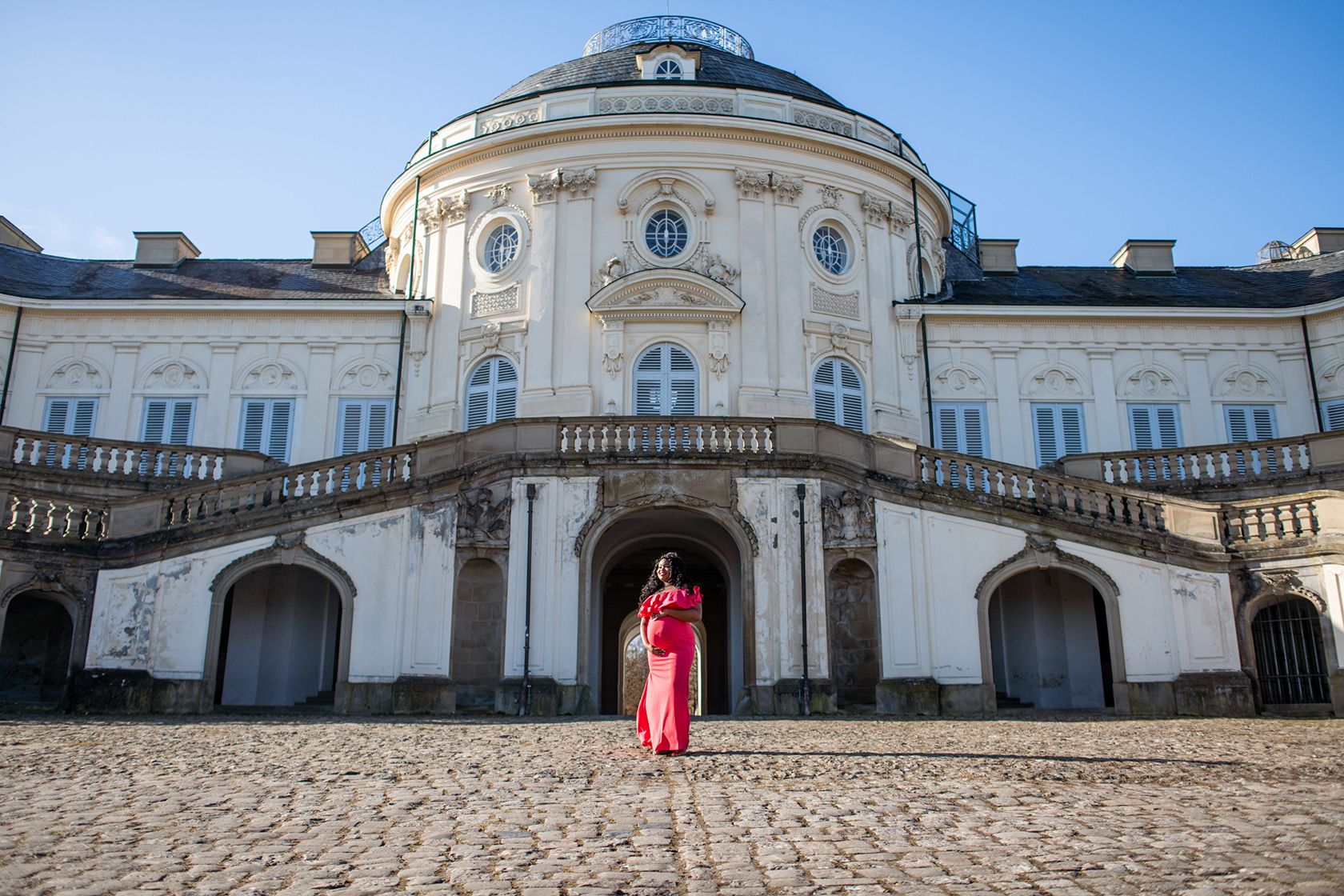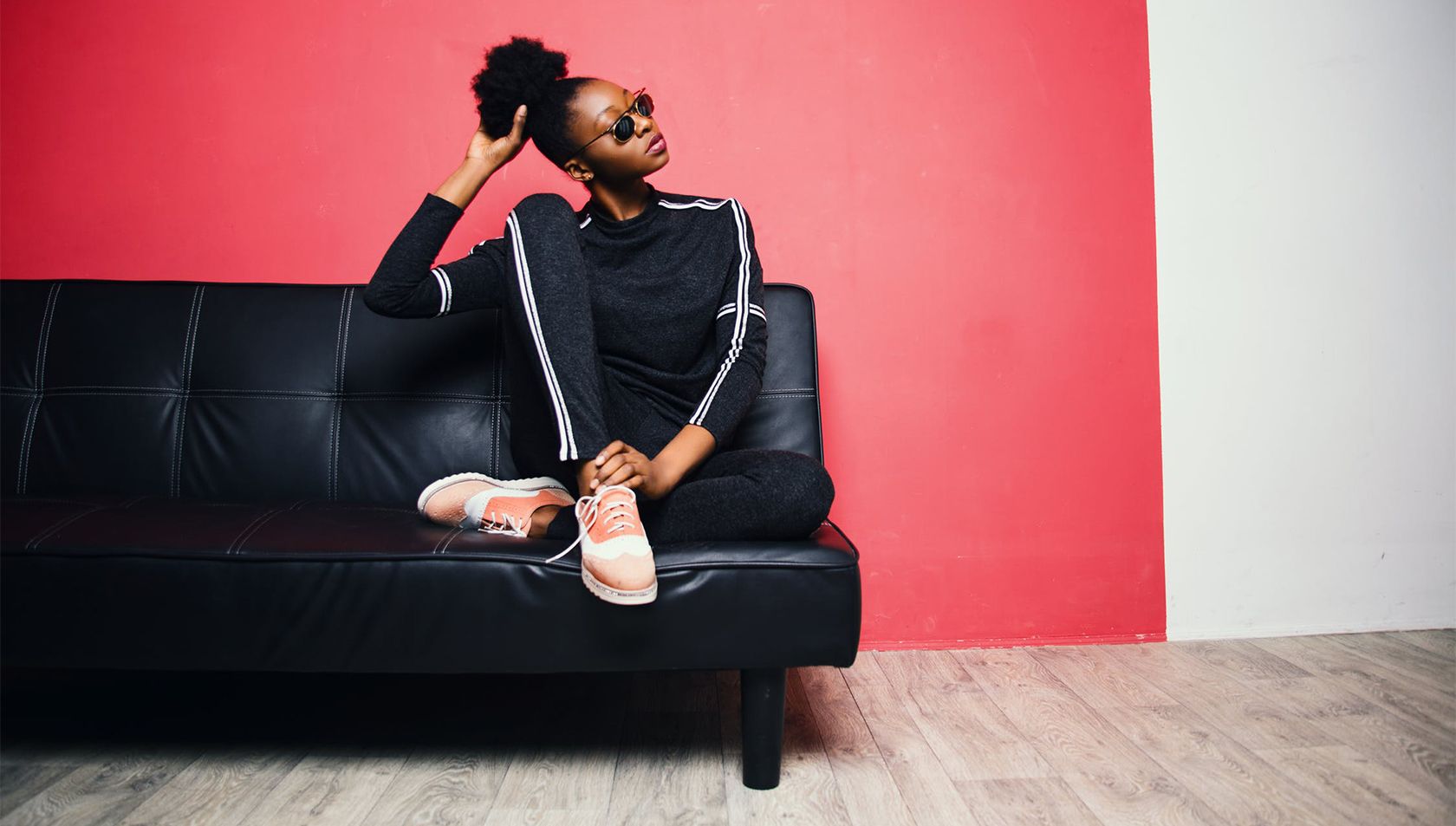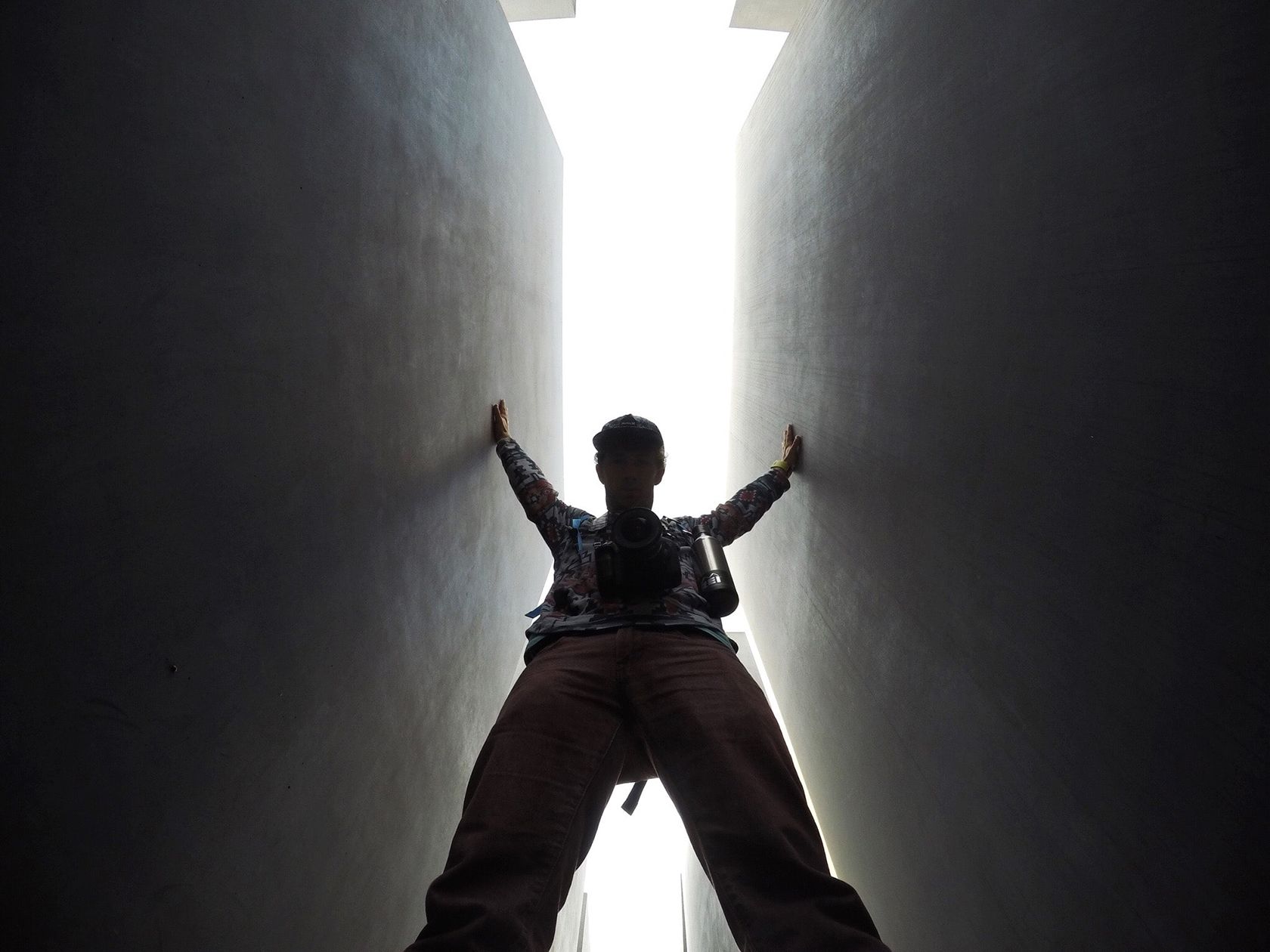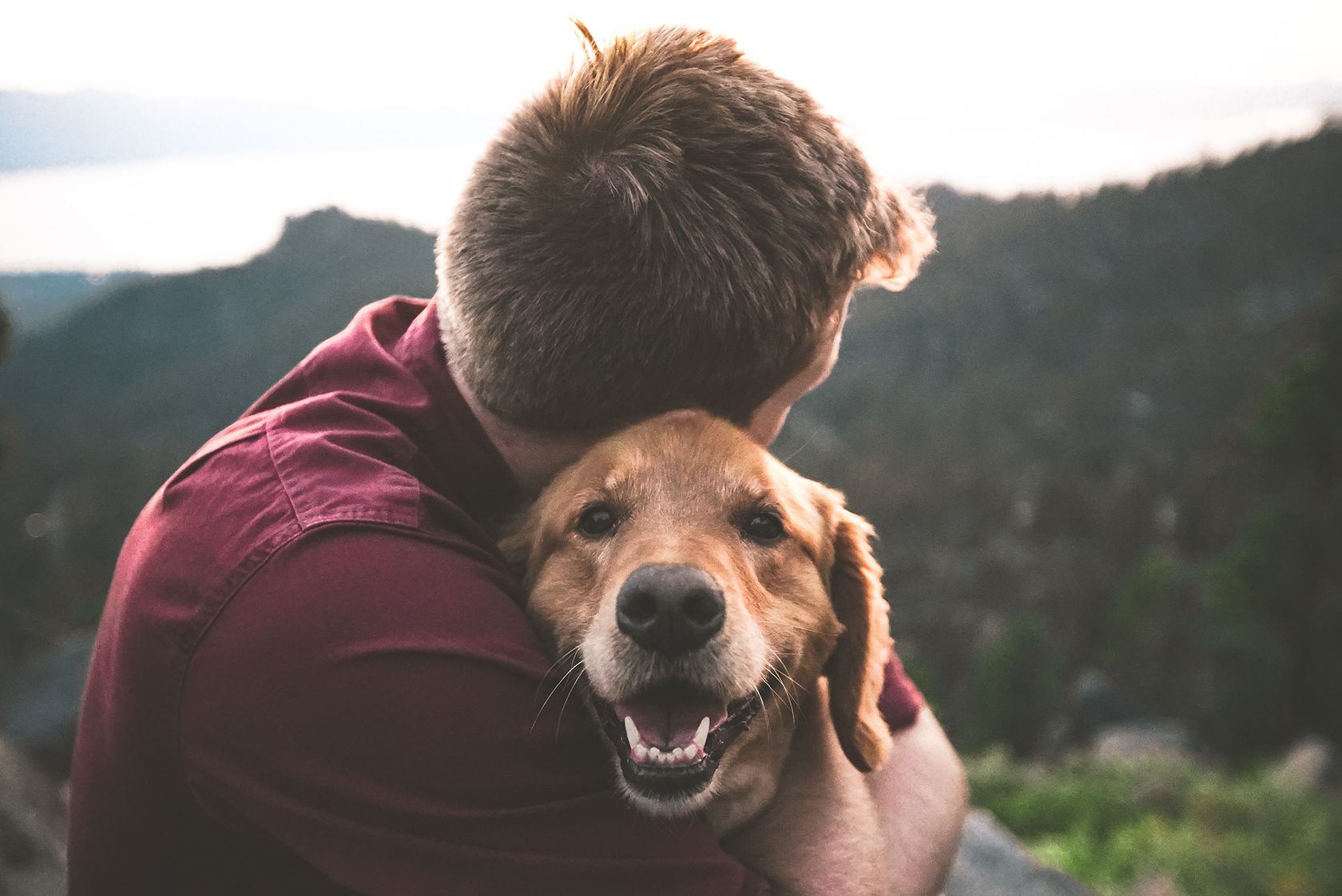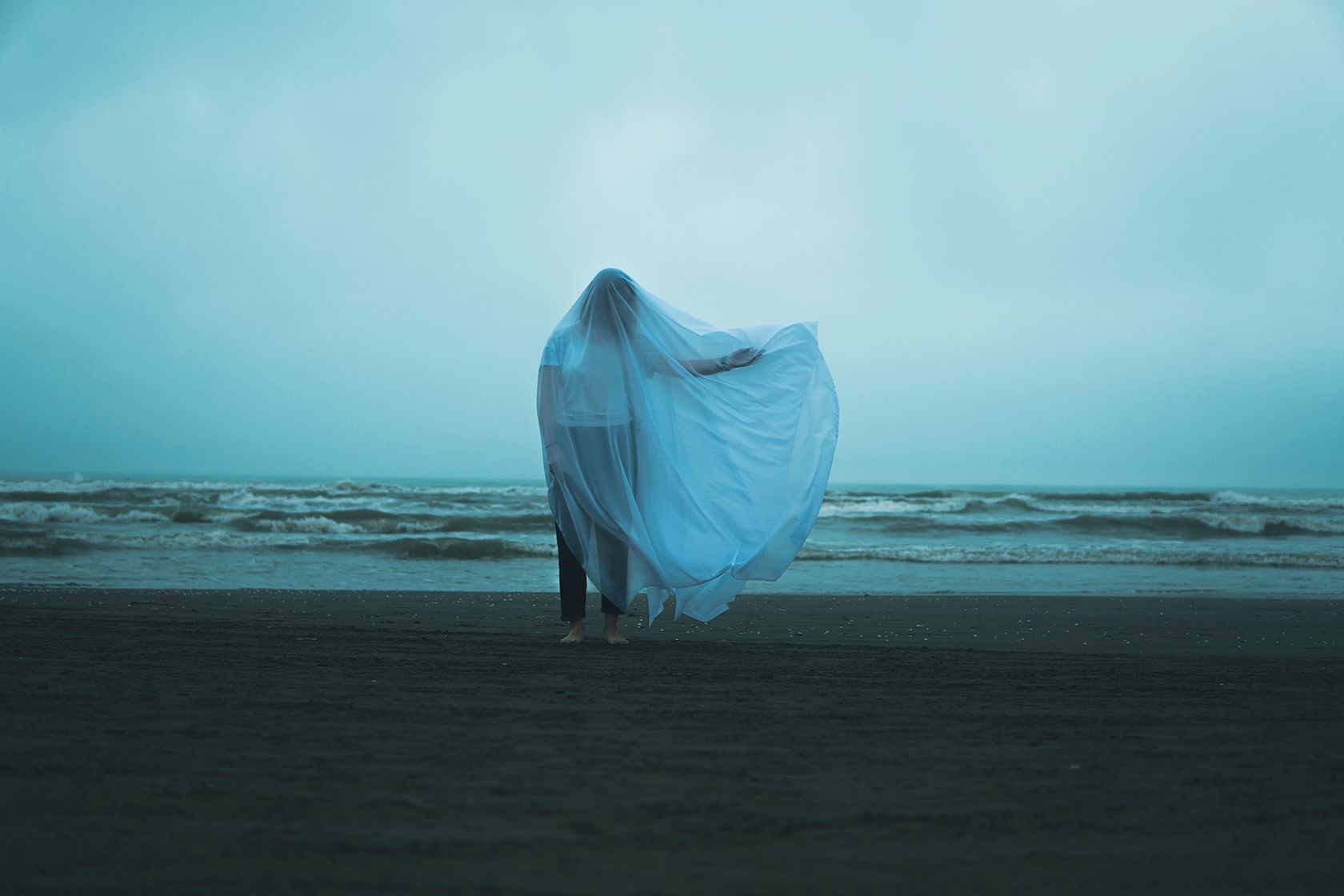You might not love people taking photos of you, but what if you had all the control? Self-portraits let you have total autonomy of the angles, environment, and if anyone else even sees your photo.
A successful self-portrait is far more than simply holding a camera and smiling in its direction. So we compiled these tips to help you up your self-portrait game.
1. Use a High-Quality Camera (or Phone)
No longer do you have to be a professional photographer to have the access to clear, high-quality photos; almost everyone owns or has access to great quality photography equipment. You’ve got it all in the palm of your hand.
Whether you’re using a smartphone or a DSLR—or even taking an artsy shot with a film camera or another photographic device—you’ll be hard-pressed to struggle with quality.
All smartphone cameras and modern cameras are of great standard quality and most have many settings to enhance your photos even without using editing software. Unless you’re trying to replicate film-style photos, you shouldn’t have to worry about the quality of your self-portraits.
2. Self-Timer or Selfie
The difference between a portrait and self-portrait is simply who is taking the photo. For a self-portrait, you won’t have the benefit of a photographically-skilled friend; you can only rely on yourself. But there are still options.
Using a self-timer on your camera or phone is helpful. Self-timers allow you to set up your frame and composition and then press the shutter. You’ll have around 10 seconds to get yourself into position before the shutter clicks once or multiple times in a row. A self-timer is great to take passport photos from your phone at home.
Most people also use a tripod. This ensures your phone or camera doesn’t move between hitting the shutter and the photo being taken. If you don’t have a tripod, you can set your camera or balance your phone against something sturdy, but that won’t always result in a straight-framed photo.
The selfie option is the go-to for less serious photographers, especially when taking a self-portrait with yourself and friends. While this is still an option for your self-portrait, if you’re going for a serious shot, it’s not recommended. You can still be artistic with the selfie mode though.
3. Be Yourself
The best thing about taking your own portraits is you can be alone. Taking self-portraits means you don’t have to put on an act in front of a photographer, assistants, or passers-by (unless you’re taking your photo in public).
Even if you feel a little underconfident taking your photo, just be yourself. Think of your aim and follow through. If you’re documenting something, focus on that. If you’re taking a headshot, think happy thoughts. Your emotions will show on your face, so don’t try to fake being happy when you’re feeling down in the dumps.
4. Dress Comfortably
Something that will affect your images is if you’re dressed in something uncomfortable. If you’re taking a casual self-portrait, just wear your favorite outfit; no need to dress to impress if you’ll feel out of place.
If you’re dressing up for a photoshoot, ensure that you have time to rest between shots, somewhere to sit if your heels are hurting, and use a temperature-controlled environment. Wearing something that makes you feel good will come across well in your self-portrait.
5. Find the Right Environment
What you have in the background—or the lighting—of your self-portrait will shape the results. You won’t come off as sophisticated and professional if your self-portrait has a background of your dirty laundry on your bedroom floor.
Typically, a great environment for your photo involves one of two things: a plain or consistent background, or the great outdoors and its natural lighting. Of course, there are no rules to say you can’t take a self-portrait in the depths of your basement or in your kitchen, but consider the vibes that might give.
Outdoor lighting is usually best. You might take your self-portraits during golden hour with glorious orange hues. Maybe you have access to a photography studio, if so then see our tips for your first studio photoshoot.
6. Look at the Camera
Either look at the camera or don’t. But know when and why to choose.
If you’re facing towards the camera, it’s best to look into the camera—directly down the lens. Don’t look at the preview screen, nor your hand. It creates a very unnerving photo when the subject’s eyes are looking slightly away from the lens—a distraction.
The second part of the rule: look away from the camera. If you’re facing away from the camera, let your eye line follow through. Unless you’re practicing your red carpet over-the-shoulder-smolder pose, there’s little need to direct your eyes to the camera when your body or face are not. Looking away gives a natural, candid vibe—yes, even for a self-portrait.
7. Know Your Angles
If we can take any tips from the Kardashians, it’s to know your angles. This is especially prevalent if you’re taking a selfie holding the camera yourself.
For most people, a photo from below the chin isn’t a flattering angle, especially if you’re looking directly into the lens. An angle from above also doesn’t suit everyone—it tends to exaggerate elements at the top of the head which may not suit certain facial shapes.
There’s no right answer for everyone. Knowing your angles is about experimentation and whatever makes you feel comfortable. Practice your photos—you’ve likely taken selfies or had photos of yourself taken before now—then run with those angles in your self-portraits.
When taking photos with a tripod that shows your body, position your limbs in different places. No good, comfortable photo came from someone putting their hands over their stomach in an effort to hide insecurity—embrace your body for the camera. Move your legs, kick your feet, rest one hand on your shoulder, hold something, or touch your face.
8. Use Composition Rules
Even for self-portraits, you can still aim for a photographically beautiful image. Composition rules are easy to implement and can take a photo from boring to eye-catching very quickly.
When using a tripod and self-timer, you can easily follow the rule of thirds, or add an element of strong contrast with color or lighting. It’s a fun thing to practice and improve your skills.
9. Introduce Props or Guests
A self-portrait doesn’t strictly mean you have to be alone in the photo. You can introduce other people, your pets, or props to add some interest to your self-portraits. Adding extra parts to your photo captures attention and helps you tell your story. Just ensure it’s intentional and doesn’t distract from the image.
10. Tell a Story
Part of the reason to take a self-portrait is to share something about yourself. There’s usually a reason to take the photo, something you want to express. You can tell stories in images—a picture tells a thousand words, after all.
What are you trying to share about yourself? A deep love for something, how you’re truly feeling? Play around with props, clothing, poses, and your environment to let your photo do the storytelling.
11. Be Artistic
Photography is an art, so don’t forget to practice your craft with your photo. Whether you use lighting, composition, clothing, makeup, or props to aid in creativity while taking your photos, you can always increase the artistic element with post-production.
There are infinite ways you can artistically edit your self-portraits and a myriad of software to do it. For a first go, try turning your portrait into a double exposure in Photoshop.
Let Yourself Shine in Self-Portraits
No longer do you have to shy away from a camera or deal with boring, less-than-impressive photos of yourself. Even if you’re not a professional photographer, focus on the substance of the photo—where you look, what you wear, and things like that, simple things.
The things most people don't even bother considering when they quickly take a snapshot for social media, but that really make perfect sense when you stop to think about it. Think of these tips next time you want a great photo of yourself and let your self-portraits shine.

